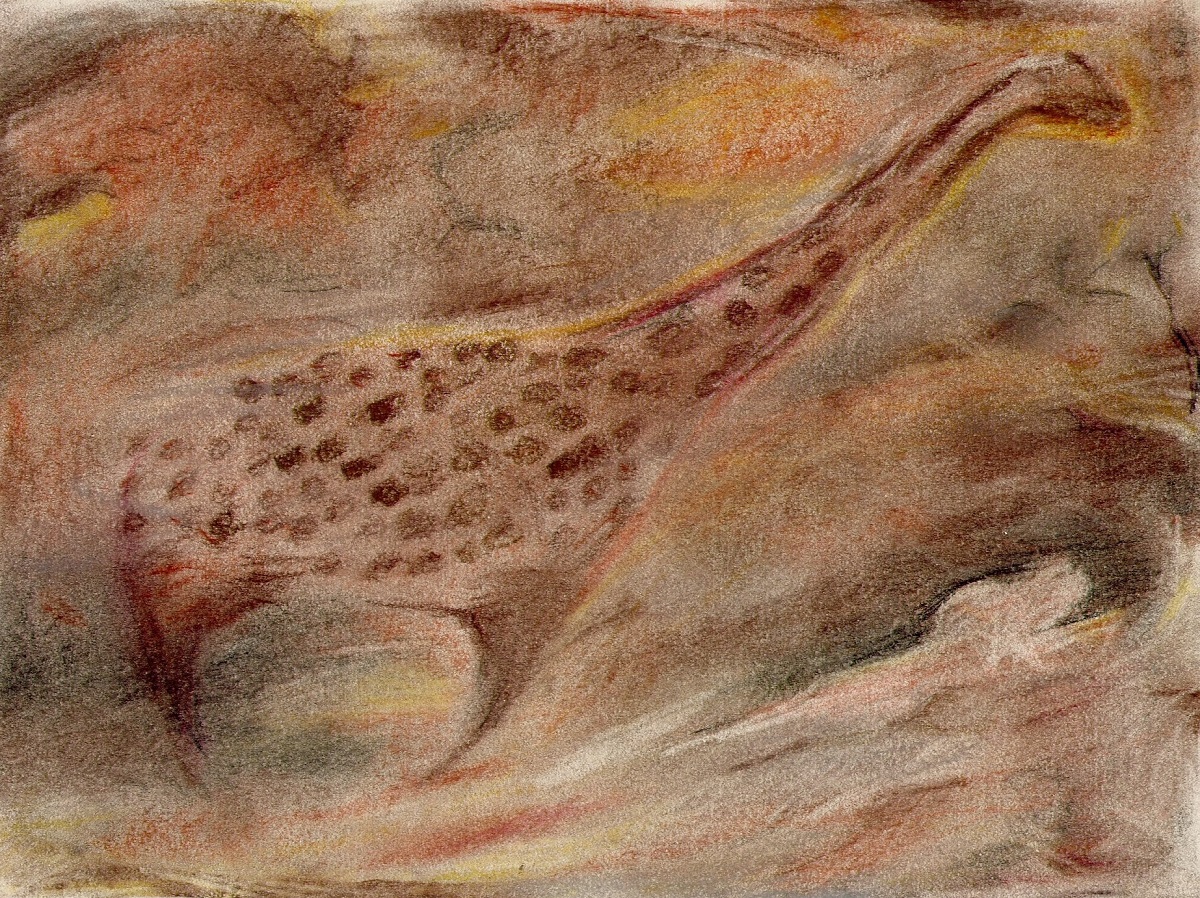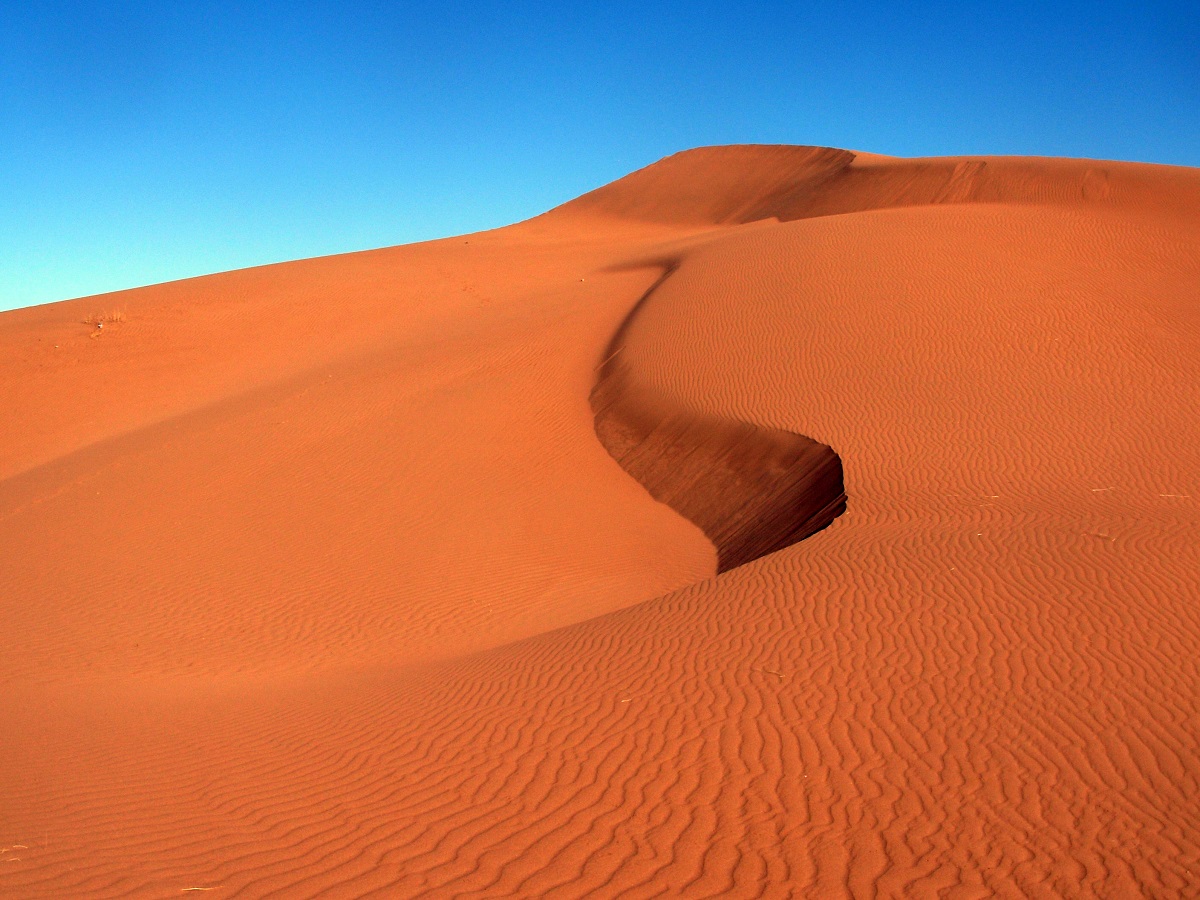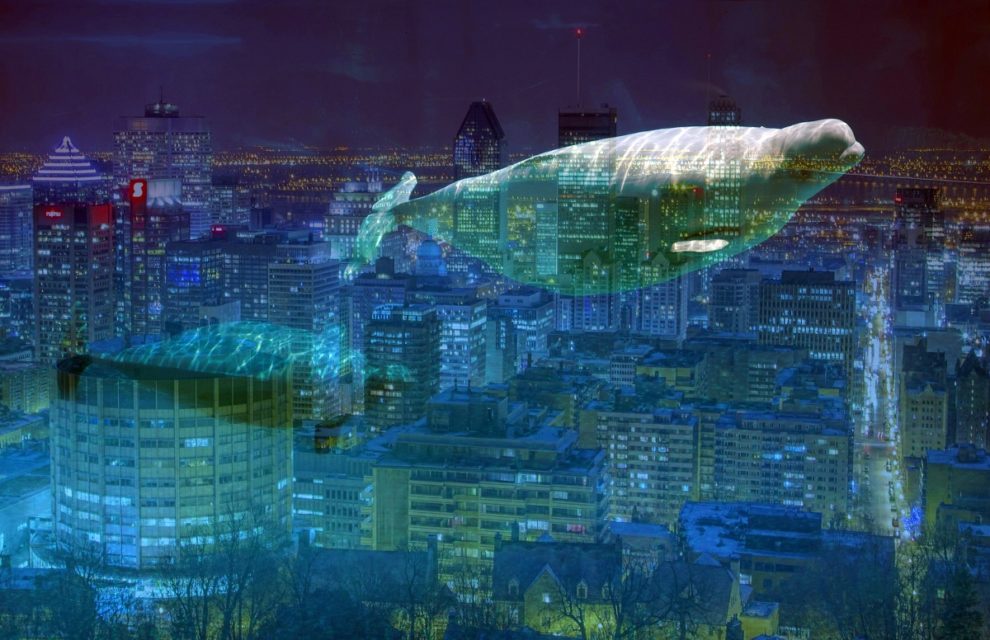Climate change is no joke, and I realize climate change nowadays is being caused and greatly accelerated by human actions.
But climate change has always been with us. We have only to think back towards the end of the last Ice Age, 10,000 to 13,000 years ago, when the brackish Champlain Sea covered a large part of the current St. Lawrence Valley, from Ottawa to Montreal, and downriver (northeastwards) beyond the mouth of the Saguenay, as well as parts of upstate New York and Vermont running along the shores of present-day Lake Champlain, south of Montreal.
Ice had plugged the mouth of the St. Lawrence, trapping glacial meltwater upstream, creating this temporary inland sea. As the glaciers gradually retreated, meltwater continued collecting in this sea, exerting pressure on the plug, which finally broke, and the sea drained out into the Gulf of St. Lawrence.
At the high point, the Champlain Sea rose 150 metres or 490 feet above the current level of the sea, covering all of present-day Montreal except for the tops of Mount Royal, Outremont and Westmount. Swimming around Mount Royal were beluga whales, like the one pictured at the top of this blog in a weird double exposure I created. But also fin whales and bowhead whales, plus species of fish they fed on, like capelin.
A beluga skeleton, nicknamed Charlotte, can be seen on the campus of the University of Vermont. That skeleton had been uncovered in 1849, during construction of a rail line through the town of Charlotte, Vermont. Another beluga skeleton can be viewed at the Redpath Museum. It had been found in sediment at the bottom of the St. Lawrence River, at Montreal, in 1895. Both of these beluga skeletons go back to the era of the Champlain Sea.
Sometimes when I stand at the lookout on Mount Royal, gazing over the city and river and Monteregian Hills beyond, I fantasize that whales may return here one day!
[PS: Five days after I posted this blog, a humpback whale actually did swim up to Montreal. She must have got lost. Unfortunately, she died off Ste-Anne-de-Sorel on June 9th 2020.]

Another example of climate change? One time I was doing a documentary series in Mauritania for CBC Radio and Radio-Canada. Two of my children accompanied me. We visited Agrour Amogjar in the Adrar region of central Mauritania, a region with parched stony desert and undulating sand dunes. In one cave we saw a 4000-year-old rock painting of a giraffe, from a time when that part of West Africa was savanna or grassy plain. Of course there have been no giraffes for ages, in what is now Mauritania.
Climate change has always been with us. We will have to adapt to greatly accelerated changes coming in the future.


